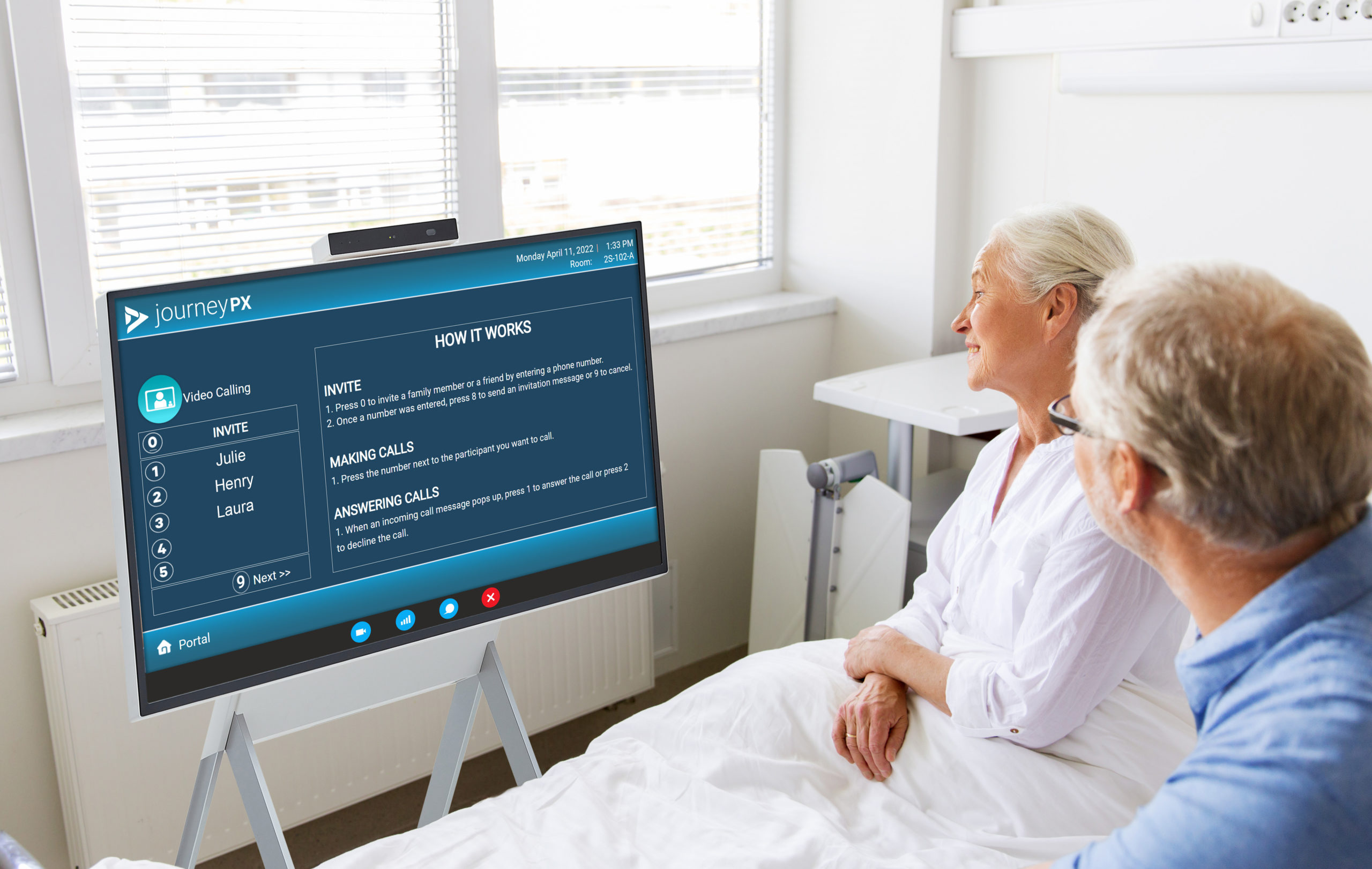
Written with contributing author Linda Robinson, MSN, CPXP, RN, Vice President of Clinical Excellence, MDM Healthcare
The costly effects of hospital readmissions have a significant impact on hospital organizations. According to an article published in the Journal of Multidisciplinary Healthcare, “a significant portion of the expense incurred within the US healthcare system can be attributed to hospital readmission.” In addition, it states that “over $52.4 billion is spent annually to care for patients that were readmitted to the hospital within 30 days for a previously treated condition.” Another cost to consider is readmissions' effect on compliance with government standards. According to a report published by the AHRQ, The Hospital Readmissions Reduction Program (HRRP), implemented by the Centers for Medicare & Medicaid Services (CMS), imposes a financial penalty on hospitals with higher-than-average readmission rates for certain conditions. In addition to the material costs of hospital readmissions, they also are detrimental to patient safety and overall quality of care.
Hospital organizations can invest in patient engagement technology to help reduce hospital readmission rates. This is because enhanced patient engagement using patient technology leads to better outcomes and supports health equity. A recent Forbes article also suggested that enhanced patient engagement through technology leads to better outcomes, resulting in reduced readmission rates. It states, “These systems automatically collect information and alert the patient and doctor if anomalies arise. Outcomes improve because diagnoses are based on more and current data.” There is a wealth of information and engagement patients receive using patient engagement technology, which contributes to a reduced chance of their readmission.
It is important to highlight some of the essential properties of patient engagement technology that support hospitals’ strategies to mitigate the cost of readmissions. Patient engagement enhances the humanization of care and supports better patient outcomes. To further support the clinician’s effort to humanize care patient engagement technology empowers, educates, and engages patients in their care which enriches the patient experience. Engaging and empowering the patient in this way allows more time for the clinician to interact in a personal way with the patient, building trust and humanizing care. This in turn also supports efforts of value-based care.
Essential properties to look for are:
· Intuitive user experience
· Integration with the Electronic Medical Record for accurate real time information
· Easily accessible daily plan of care information 24/7
· Information displayed in a language the patient can comprehend
· Virtual video and video calling features
· Individualized patient education with an auto assignment functionality based upon diagnosis, problem list, orders, risk assessment, age, needs assessment, etc.
· Engages and empowers the patient to participate in their care and the hospital environment via prompts, surveys, service requests, etc.
· Customization options for hospitals
Journey PX’s technology solutions are uniquely designed with the essential properties highlighted above and therefore an ideal choice for hospitals looking to invest in patient engagement technology to reduce readmissions. Hospitals can prepare patients for a successful discharge using Journey PX’s could-based patient engagement solutions. Journey PX solutions prepare patients for discharge by keeping them informed of their daily plan of care, providing individualized education, and streamlining communications between patients, families, and care teams. Journey PX allows hospital organizations to hard-wire bedside shift reports, one of the biggest drivers of quality and safety.
Journey PX’s digital whiteboard, My Day Today, provides vital information to hospital care teams, patients, and their families. My Stay provides patients with the education they need via access to an extensive education library. This allows patients to become more empowered through health literacy and enhances their readiness for discharge. It also helps support patients after discharge by providing education that can be texted to them, giving an added layer of assurance that they will not be readmitted. Journey PX’s virtual care solution, Connect, is another piece of technology that supports the patient’s daily plan of care and readiness for discharge. Connect also allows for less risk of infection, another contributing factor to hospital readmissions.
The new healthcare model is a consumer-centered model. This patient-centered model drives self-care, and with the use of technology, the patient is more engaged and empowered than ever. Armed with patient engagement technology, the patient is the captain of their care team. Patients can now use an array of services, apps, and other technology to get the information that they need. This supports the four core principles of patient and family-centered care: respect and dignity, information sharing, participation and collaboration.
The shift to the patient-centered model is a proactive shift designed around prevention and well-being, rather than a reactive approach. In this post-pandemic healthcare landscape, patients' perceptions of technology have changed when it comes to their care. To conclude, costly readmissions are a strain on the hospital system and have a staggering annual total cost. In a post-COVID era hospital organizations have had to face additional challenges in implementing a plan to keep the costs of readmissions down. The investment in patient engagement technology pays back dividends as the multitude of capabilities has addressed several costly problems and provides several beneficial solutions. There are several essential properties patient engagement technology should possess to be most effective in optimizing it along these lines. The cutting-edge, cloud-based patient experience platform Journey PX provides solutions uniquely designed with the capabilities needed to be a strong ally in any hospital’s strategy to keep the excessive costs of readmissions down and improve quality and safety initiatives.

